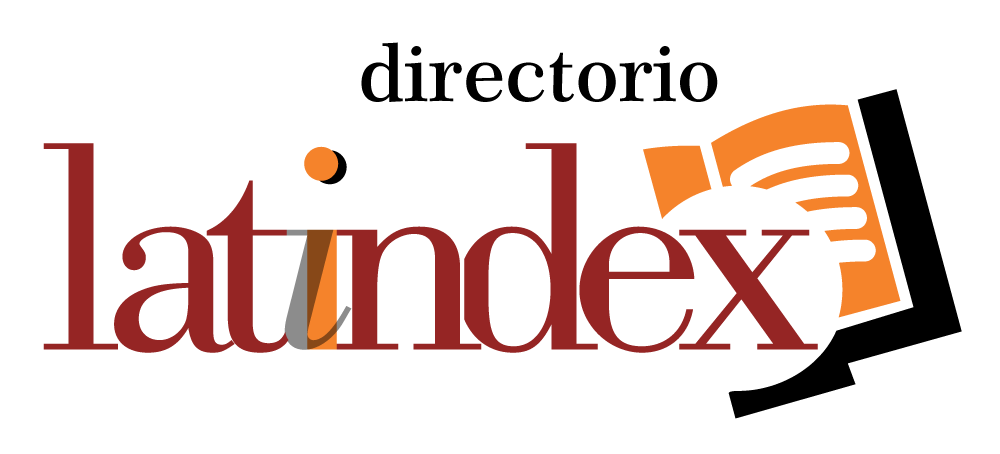Cómo organizar el pensamiento creativo las categorías de Peirce como matriz para la investigación aplicada
DOI:
https://doi.org/10.53897/RevESCC.2024.1.06Palabras clave:
Procedimiento metodológico, Investigación aplicada, Semiótica peirceana, Proceso creativoResumen
Este texto presenta una matriz metodológica para la creación de productos técnicos, que se fundamenta en las categorías de Charles S. Peirce. La matriz fue concebida a partir de experimentos realizados en investigaciones de tipo aplicada. Como resultado, se señala que la pragmática peirceana es apta para la aplicación práctica, al orientar el uso del signo hacia una causalidad final y eficiente. En la matriz propuesta, los conceptos teóricos adquieren un carácter operativo, ya que guían: la definición de los sentidos que se pretende generar en las mentes de las personas; la evaluación de los tipos de signos que pueden utilizarse para generar los sentidos deseados; y la identificación de los fundamentos necesarios para que los signos cumplan con sus funciones.
Descargas
Métricas
Citas
Arias, F. G. (2012). El proyecto de investigación – Introducción a la Metodología Científica. Editora Episteme.
Cardoso, J. B. F. (2010). Semiótica, imagem e publicidade – Conceitos, métodos e modelos aplicados. En J. L. Braga, M. I. V. Lopes y L. C. Martino (Eds.). Pesquisa empírica em comunicação – Livro Compós. Editora Paulus/COMPÓS.
Cardoso, J. B. F. (2023). Primeiros preparos para a colheita. En L. M. Carvalho, M. G. Silva, R. Foletto y R. P. C. Coutinho (Eds.), Comunicação e transformações da indústria criativa: cinco anos do PPGCIC. Unipampa.
Eco, U. (2007). Tratado general de semiótica. Antônio de Pádua Danesi (Tradução) Editora Perspectiva.
Fonseca, R. M. G. S. da, Oliveira, R. N. G. de y Fornari, L. F. (2018). Prática educativa em direitos sexuais e reprodutivos: a Oficina de Trabalho Crítico-emancipatória de Gênero. Programa de atualização em enfermagem: atenção primária e saúde da família. Artmed Panamericana, 1, 59-120. http://tinyurl.com/464fu3pm
Gil, A. C. (2008). Como elaborar projetos de pesquisa. Editora Atlas.
Lacerda, D. P., Dresch, A., Proença, A. y Antunes Júnior, J. A. V. (2013). Design Science Research: método de pesquisa para a engenharia de produção. Gest. Prod., 20(4), 741-761. http://dx.doi.org/10.13140/2.1.2264.2885
Morris, C. (1976). Fundamentos da teoria dos signos. UBI.
Nöth, W. (1997). Semiotics of the Media: State of the art, projects and perspectives. Mouton De Gruyter.
Nöth, W. (2013). A teoria da comunicação de Charles S. Peirce e os equívocos de Ciro Marcondes Filho. Galáxia, 13(25), 10-23. https://www.scielo.br/j/gal/a/H3YZfQ9rdvxjNWWsmzWZx-WH/
Oliveira, R. N. G. de, Cardoso, J. B. F., Pires, M. R. G. M., Huertas, E. M. C. G. y Fonseca, R. M. G. S. (2023). É muito nossa cara! – Jogo Dr como produto midiático para abordagem da violência nas relações afetivo-sexuais na adolescência. Contracampo, 42(2), 01-23. https://doi.org/10.22409/contracampo.v42i2.57892
Ortegón, E., Pacheco, J. F. y Prieto, A. (2015). Metodología del marco lógico para la planificación, el seguimiento y la evaluación de proyectos y programas. Naciones Unidas – CEPAL.
Peirce, C. S. (2003). Semiótica. Perspectiva.
Salles, C. A. (1994). The esthetic lure of final causes - artistic creation as a semiotic process. Revista Semiótica, 102(3), 225-235. https://doi.org/10.1515/semi.1994.102.3-4.225
Santaella, L. (2008). Epistemologia semiótica. Cognitio, 9(1), 93-100. https://philpapers.org/rec/SANESS
Santaella, L. (2018). Semiótica aplicada. Thomson.
Santaella, L. y Nöth, W. (2004). Comunicação e semiótica. Hacker Editores.
Signo Visual nas Mídias. (s.f.). Inicio. https://www.signovisualnasmidias.com/
Publicado
Cómo citar
Número
Sección
Categorías
Licencia
Derechos de autor 2024 João Batista Freitas Cardoso

Esta obra está bajo una licencia internacional Creative Commons Atribución-NoComercial-CompartirIgual 4.0.
Estudios sobre las Culturas Contemporáneas permite distribuir, remezclar, adaptar y crear a partir del material en cualquier medio o formato, únicamente con fines no comerciales y siempre que se le dé crédito al creador. Si remezcla, adapta o crea a partir del material, debe licenciar el material modificado bajo términos idénticos. CC BY-NC-SA, incluyendo los siguientes elementos:
BY: se debe dar crédito al creador.
NC: Solo se permiten usos no comerciales de la obra.
SA: Las adaptaciones deben compartirse bajo los mismos términos.










